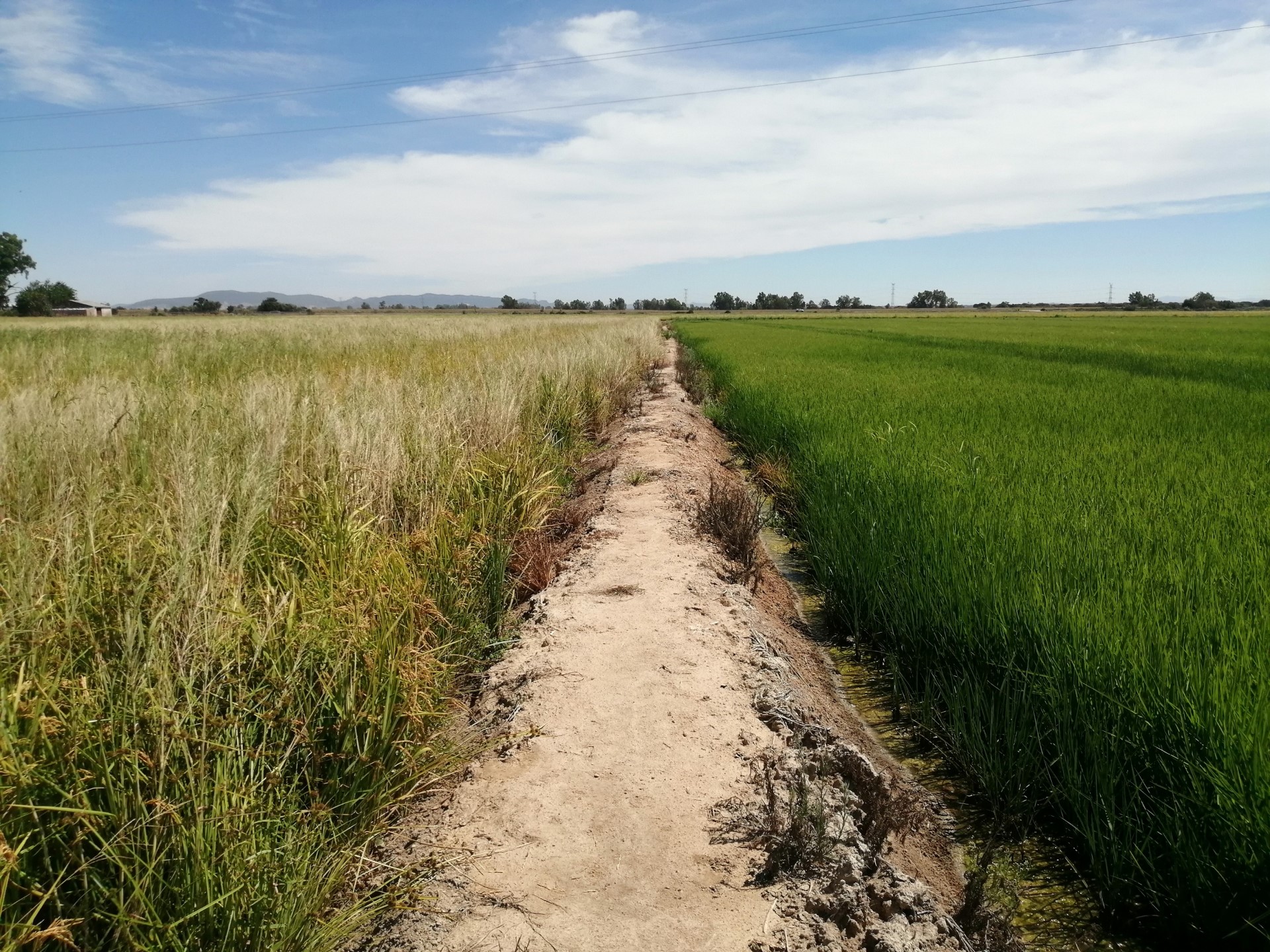Malherbology
 General information
General information
Phytosanitary problems, which affect agricultural and forestry species, can cause significant yield losses and become crop limiting factors in some cases. It is, therefore, essential to protect crop and soil health.
Plant protection covers emerging risks (pests, diseases and weeds), integrated pest management and innovation in plant protection. Integrated pest management (in the general sense of the term, including pests, diseases and weeds) emphasises developing healthy crops with the least possible disruption to agroecosystems and fostering natural control mechanisms.
Integrated Pest Management is based on a comprehensive review of all available plant protection methods and their subsequent integration into appropriate measures to prevent populations of harmful organisms from developing, keep the use of plant health products and other forms of intervention at economically and ecologically justified levels, as well as reducing or minimising risks to human health and the environment.
The CICYTEX Plant Protection Area comprises teams from different CICYTEX centres (La Orden-Valdesequera Agricultural Research Institute, ICMC and CAEM) that conduct research activities in the field of plant health and protection (Phytopathology and Malherbology) and the management and use of agricultural and forestry soils. The lines of research focus on the integrated management of phytosanitary problems of crops in Extremadura.
 Lines of research
Lines of research
Herbicide efficacy/selectivity testing
CICYTEX works on the efficient use of herbicides in integrated weed control programmes. Efficacy/phytotoxicity tests of authorised herbicides and new herbicide molecules are carried out (through work with companies) in pot trials and on experimental plots.
Herbicide resistance confirmation and quantification trials, including:
Resistance monitoring. Weed seeds are collected where resistance is suspected due to lack of control, which is reported to CICYTEX by farmers, technicians and/or the Plant Health Service.
Confirmation/quantification of resistances. Screening is carried out at the recommended field dose of the herbicide(s) to which resistance is suspected, and then, in the populations that have survived this preliminary screening, dose-response tests are carried out at different increasing doses of the herbicide to quantify resistance to the herbicide(s). These tests are conducted under controlled greenhouse conditions.
Resistance mechanism studies. Knowledge of the mechanisms involved in resistance is essential to design management programmes for herbicide-resistant weeds. For these trials, any populations in which resistance was confirmed in the previous section will be used. Target Site Resistance (TSR) and Non-Target Site Resistance (NTSR) mechanisms will be studied.
Currently, work is mainly focused on weeds in rice cultivation, but experience has been gained, and work continues on weeds in other crops such as corn and woody crops.





